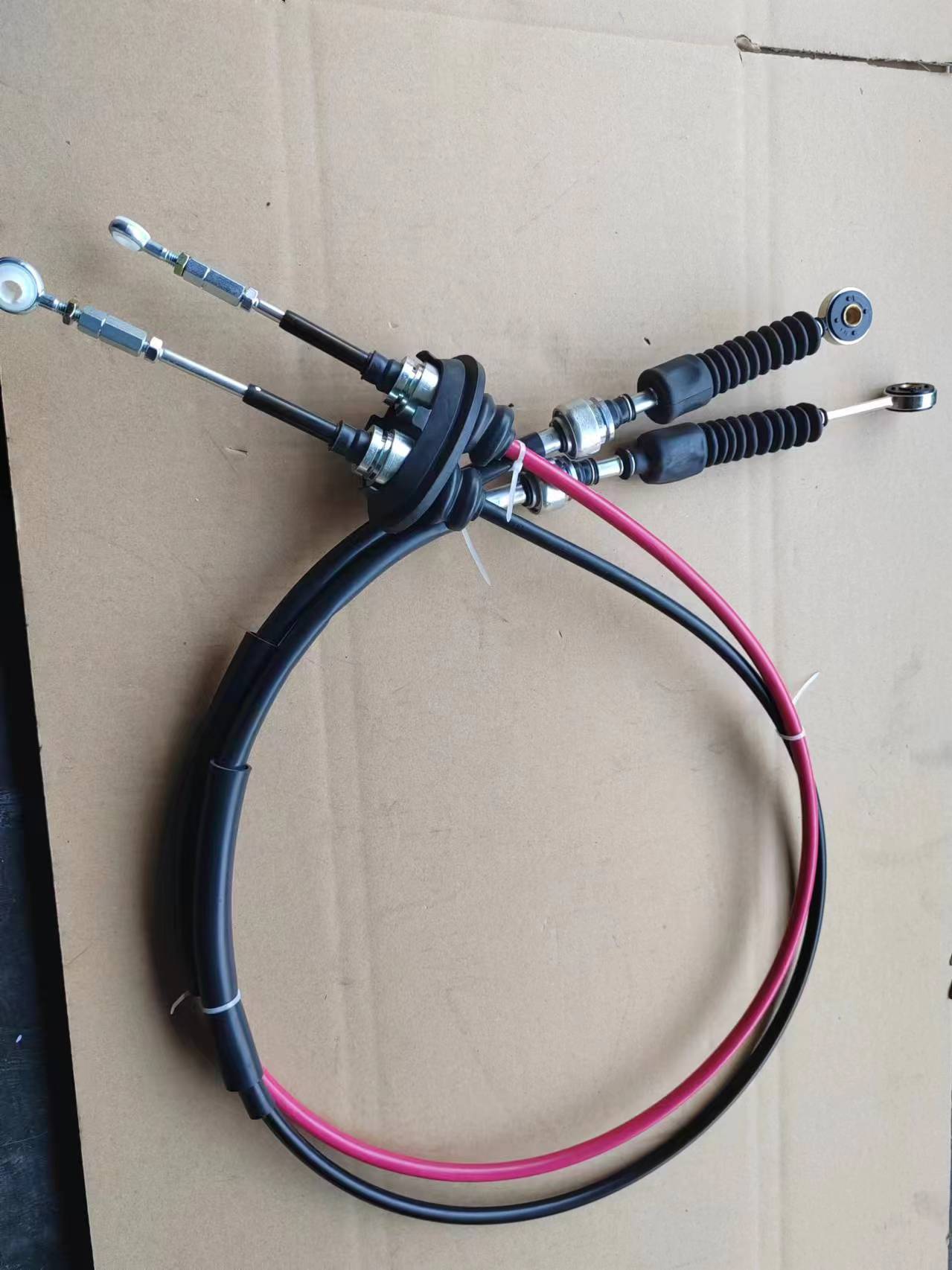golf handbrake cable
Understanding the Golf Handbrake Cable Essential Knowledge for Every Owner
If you own a Volkswagen Golf, understanding the intricacies of its handbrake system is crucial for ensuring that your vehicle operates safely and efficiently. One of the key components of this system is the handbrake cable, a part that is often overlooked but plays a significant role in the overall functioning of your vehicle’s braking system. In this article, we will delve into the importance of the handbrake cable, common issues that may arise, how to identify those issues, and the steps to take for maintenance or replacement.
What Is a Handbrake Cable?
The handbrake cable, also known as the parking brake cable, is a steel wire that connects the handbrake lever in your Volkswagen Golf to the rear brakes. When you pull the handbrake lever, the cable tightens and activates the rear brakes, preventing the car from rolling when parked. While it may not be a part of the vehicle that receives daily attention, the handbrake cable is crucial for your safety, especially on inclines or uneven surfaces.
Common Issues with Handbrake Cables
Over time, handbrake cables can wear out or become damaged due to factors such as rust, corrosion, or general wear and tear. Here are some common issues associated with handbrake cables in the Volkswagen Golf
1. Cable Stretching As the cable ages, it may stretch, leading to reduced effectiveness. If you notice that your handbrake lever has to be pulled higher than usual, it’s likely that the cable has stretched.
2. Fraying or Damage The exterior of the cable can fray or break due to exposure to the elements or mechanical wear. This can cause the cable to seize, rendering the handbrake ineffective.
3. Corrosion In areas where road salt is used during winter, cables can suffer from corrosion, leading to brittleness and eventual breaking.
golf handbrake cable

4. Binding Sometimes, the cable can become bound due to rust or dirt accumulation in the sheathing, preventing smooth operation. This can lead to a stiff handbrake that is difficult to engage or disengage.
Identifying Handbrake Cable Issues
Being able to identify problems with your handbrake cable is essential for maintaining your vehicle. Here are some signs that you may need to inspect your handbrake cable
- The handbrake lever feels loose or has an unusual amount of slack. - The handbrake warning light on your dashboard remains illuminated even when the handbrake is fully released. - You hear unusual noises when the handbrake is engaged or disengaged, such as popping, grinding, or scraping.
Maintenance and Replacement
Proper maintenance of your handbrake cable can prolong its life and maintain the vehicle's safety. Regularly inspect the cable for signs of wear and tear, especially if you drive frequently in harsh conditions. If you identify any issues, it’s advisable to consult a professional mechanic.
In instances where the cable is severely damaged or has stretched beyond repair, replacing it is often necessary. Replacing a handbrake cable can typically be done at home with the right tools and guidance, but if you're unsure, seeking professional help is always a safe choice.
Conclusion
In summary, the handbrake cable is an integral part of your Volkswagen Golf's safety system. Understanding its function, recognizing potential issues, and performing regular maintenance can help ensure that your vehicle remains safe to drive. Whether you choose to inspect the cable yourself or leave it to the professionals, keeping an eye on this essential component is vital for your overall driving experience. A functional handbrake not only provides peace of mind when parking your car but also enhances safety for you and others on the road. So don’t neglect your handbrake cable - it’s a small part that plays a big role in your safety!
-
Workings of Clutch Pipe and Hose SystemsNewsJun.04,2025
-
The Inner Workings of Hand Brake Cable SystemsNewsJun.04,2025
-
The Secrets of Throttle and Accelerator CablesNewsJun.04,2025
-
The Hidden Lifeline of Your Transmission Gear Shift CablesNewsJun.04,2025
-
Demystifying Gear Cables and Shift LinkagesNewsJun.04,2025
-
Decoding Clutch Line Systems A Comprehensive GuideNewsJun.04,2025
